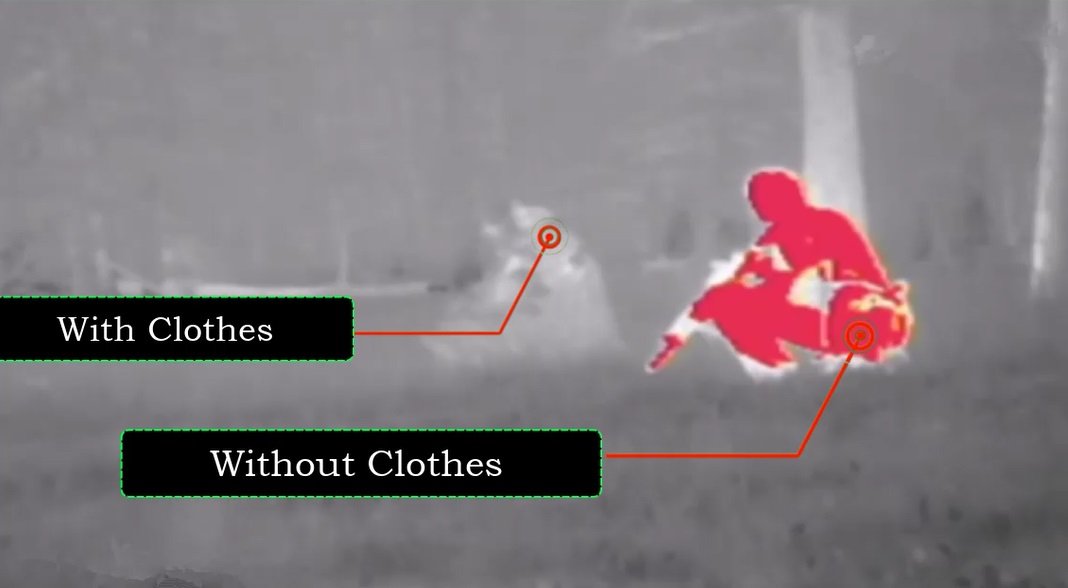
Anti Thermal Clothes (A16)
Project A16: Thermal Evasion Suit (Anti-Thermal Clothes)
This project focuses on developing a specialized suit designed to evade detection by thermal imaging devices, such as those used in military operations or surveillance. The suit incorporates advanced materials and design techniques to significantly reduce the wearer’s thermal signature, making it particularly effective in combat or covert operations.
Understanding Thermal Imaging and Detection
Thermal cameras detect infrared radiation (heat) emitted by objects. The principle involves:
- Infrared Radiation Detection: Infrared light from objects is focused by a lens onto an array of infrared detector elements.
- Temperature Pattern Creation: The detectors measure temperature variations and convert them into electrical impulses, which are processed to create a thermal image.
- Resolution: Modern thermal devices can detect minute temperature differences (e.g., 0.2°F) and are highly effective in low-light or no-light environments.

Thermal Imaging Range
- Thermal Infrared Region: 8–15 µm (0.008–0.015 mm).
- Common Devices:
- FLIR One: Detects a person at ~30m (100 ft).
- FLIR One PRO: Detects at ~40m (130 ft).
- Military Thermal Devices: Detect targets at ranges up to 2km or more.
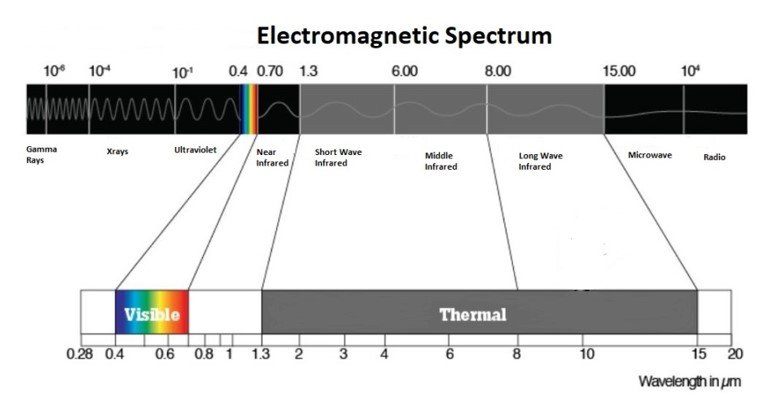

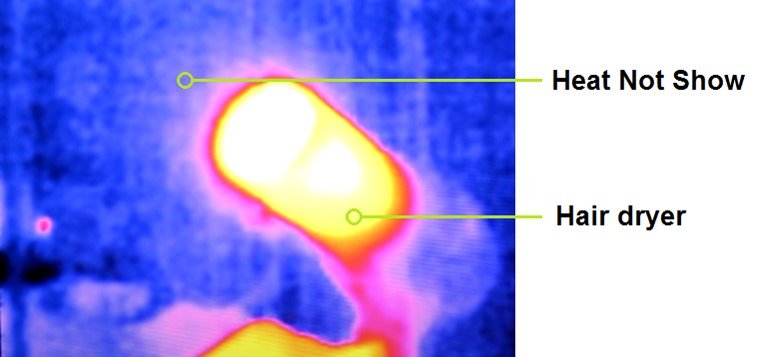
Thermal Evasion Suit Design
-
Material Layers:
- First Layer: Radiant barrier material with high reflectivity and low emissivity (e.g., Mylar foil).
- Second Layer: Thin polyester batting (~2.5 cm thick) to create an air gap for insulation.
- Third Layer: Additional radiant barrier material facing the opposite direction to reflect escaping heat back.
- Fourth Layer: Lightweight fabric like ripstop nylon to minimize heat absorption and provide flexibility.
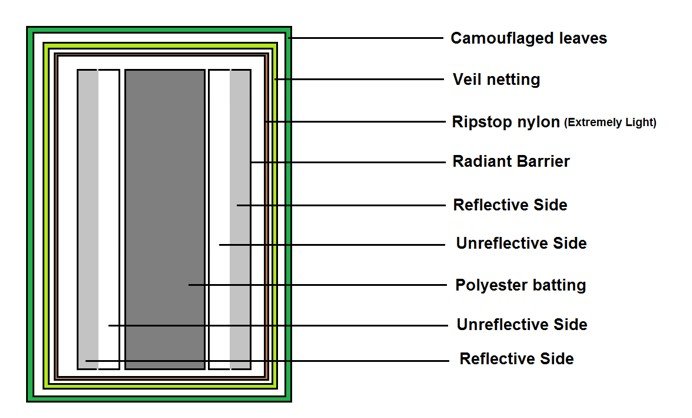
-
Shape Disruption:
- Sniper Veil Netting: A lightweight net to break up the thermal profile.
- Camouflaged Leaves: Attached to the netting, these leaves scatter escaping heat and blend with the environment.
-
Face Protection:
- Glass Panels: Glass blocks infrared radiation entirely but is impractical for mobility. This principle is used for stationary concealment.
-
Key Properties:
- Reflectivity: Layers reflect ~95% of infrared radiation.
- Low Emissivity: Minimizes heat radiation from the suit itself.
- Segmented Construction: Smaller pieces prevent heat accumulation compared to larger, continuous fabrics.
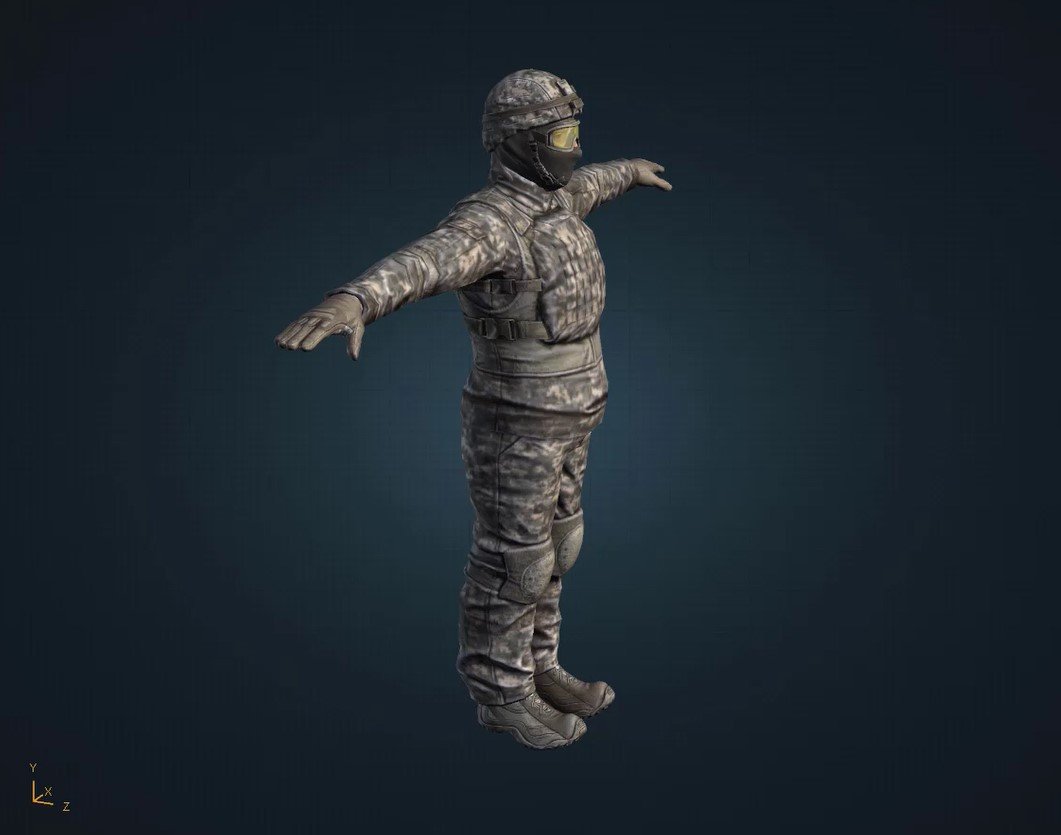
Comparison of Night Vision and Thermal Imaging
- Thermal Imaging:
- Detects heat, effective in absolute darkness.
- Ideal for detecting targets but not detailed identification.
- Night Vision (Image Enhancement):
- Requires ambient light for functionality.
- Best for recognizing or identifying objects.
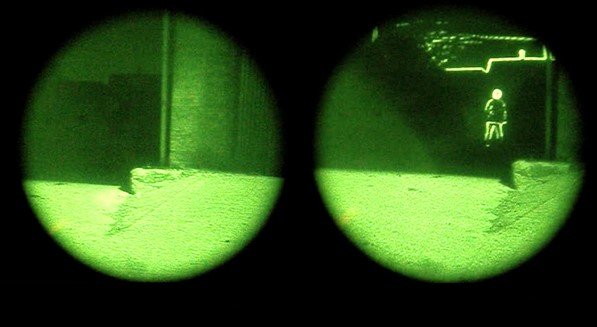

Limitations of Thermal Cameras
- Gas Barriers: Thermal cameras cannot detect through gas, as it lacks sufficient density to retain a thermal signature.
- Conductive Materials: Highly conductive materials like aluminum foil block infrared radiation effectively.
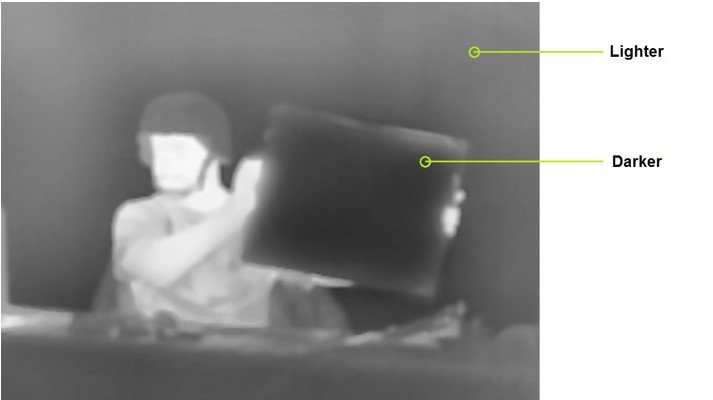
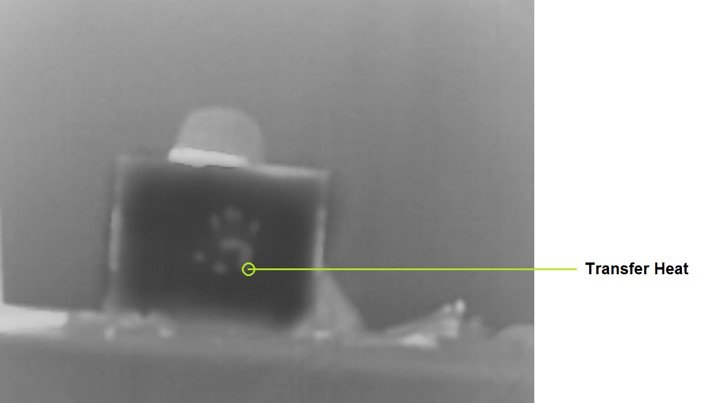
Applications and Innovations
- Military Use: Concealment against weapon-mounted thermal scopes or border surveillance systems.
- Civil Use: Protection for wildlife researchers and covert operations.
- Anti-Augmented Vision Devices: Advanced systems capable of disorienting users of night vision or thermal scopes by emitting disorienting infrared light patterns.
Conclusion
Project A16 introduces a practical, multi-layered thermal evasion suit designed to protect wearers from detection by thermal cameras. By combining advanced materials, segmented design, and shape-disruption techniques, the suit offers significant tactical advantages in environments reliant on thermal imaging for surveillance.
Posted by Ali Aslan at Thursday 9th of January 2025 01:22:48 PM